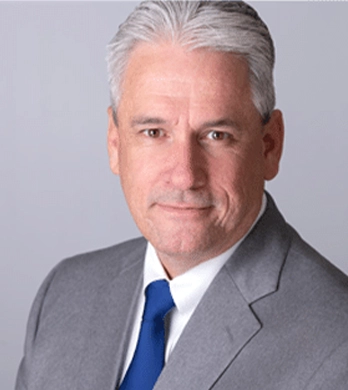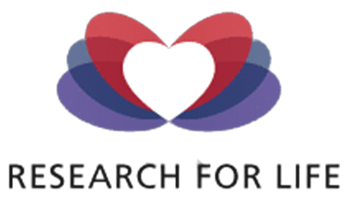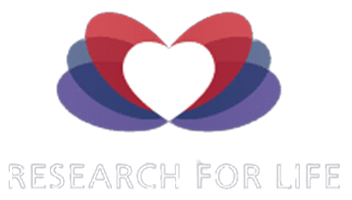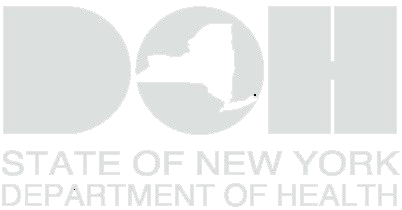
Garland Shreves, CEO
As a business owner in the death care industry for over 30 years, Garland has extensive knowledge of the funeral home industry and possesses a deep understanding of Non-transplant Anatomical Donation Organizations, or NADOs. Currently working as CEO for Research For Life, Garland is widely known for his integrity, compassion, and whole body donation expertise.
Like you, Garland recognizes that every donor and their family is unique. His work focuses on making certain that Research For Life offers programs and services that promote the ethical use of human tissue for the advancement of medicine and disease research. He speaks publicly regarding these important issues throughout the U.S. and internationally. He supports and has advocated for reasonable oversight and legislation of non-transplant tissue banks for the protection of donors and the industry from bad actors.
Research For Life, through Garland’s direction, has supported many charitable causes and organizations over the last 10 years. He has served on the board of several non-profit organizations that support community activities.
Garland is the youngest of nine siblings, is married, the father of four children and the very proud grandparent of two grandchildren. Three of Garland’s children work at Research For Life in different departments, continuing their family tradition of caring for families in grief. He has a strong commitment to family and loves that fact that his children care about those in need and are involved in the daily operations at Research For Life.
Even though Garland’s work requires that he travel both nationally and internationally, he is a native of and calls Phoenix, Arizona home. One of his favorite ways to relax is enjoying the spectacular southwest desert sunsets with a glass of red wine.



